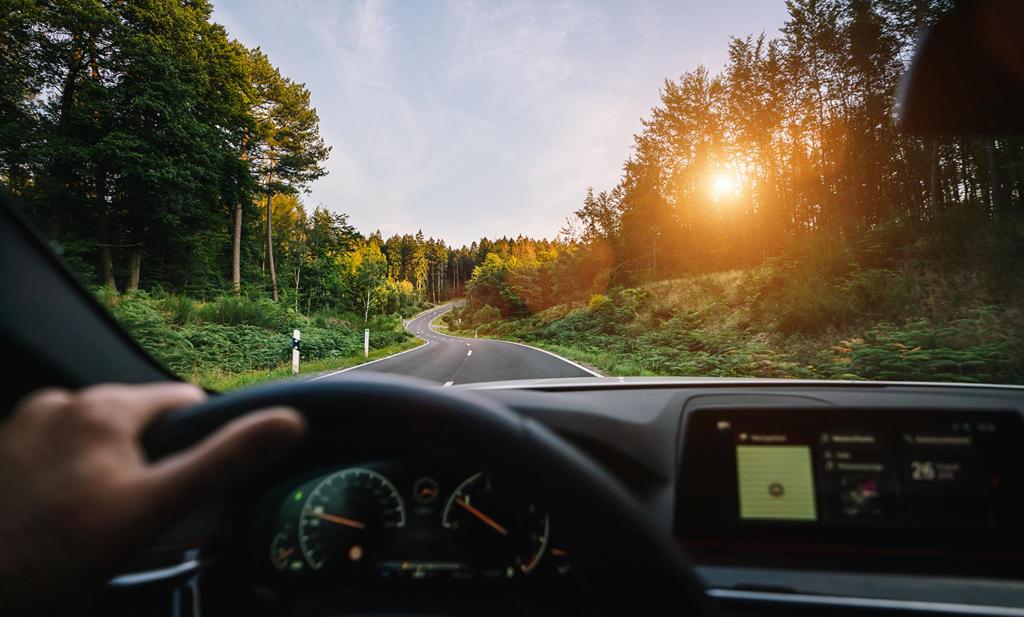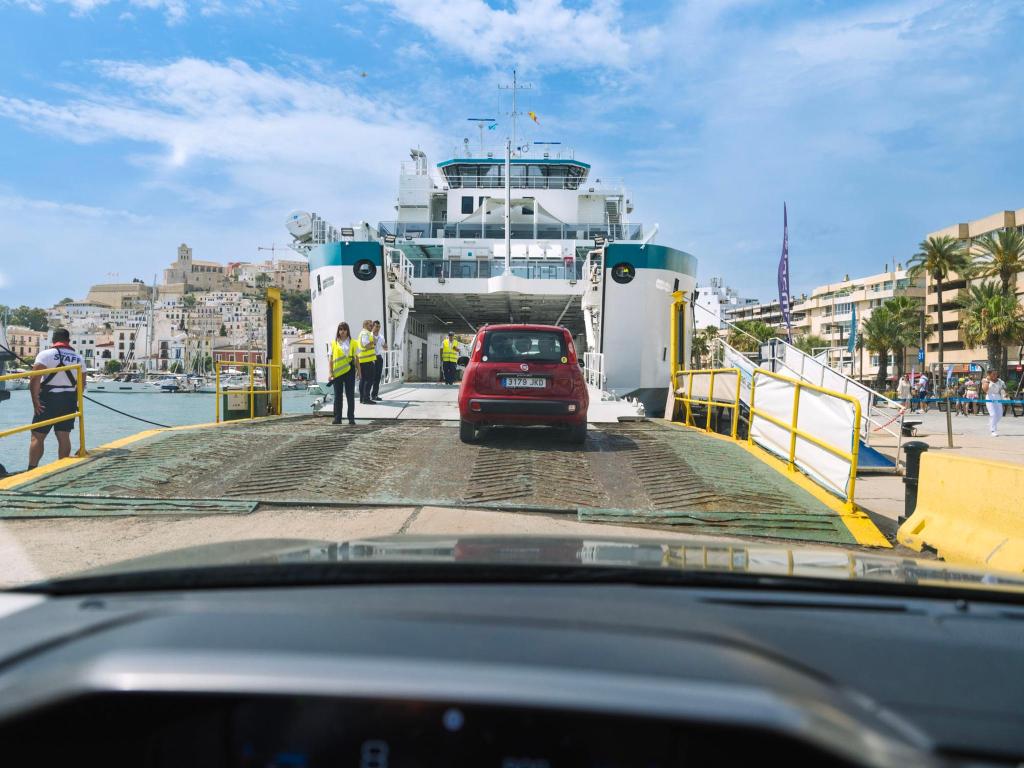
A Guide to Driving on the Right Side of the Road
Before you venture out onto the roads in a new country, it’s essential to understand the basic driving orientations used worldwide: right-hand driving (RHD) and left-hand driving (LHD).
Driving in a new country is an exciting part of your rental car adventure, but it also comes with its challenges, like knowing which side of the road to drive on. This guide will help you quickly identify the right side of the road to use, ensuring your driving experience is safe and secure.
Knowing the basics
Before you venture out onto the roads in a new country, it’s essential to understand the basic driving orientations used worldwide: right-hand driving (RHD) and left-hand driving (LHD). In a right-hand driving system, vehicles are driven on the right side of the road, with the driver’s seat and steering wheel on the left side of the car. In a left-hand driving system, cars are driven on the left side of the road, with the driver’s seat and steering wheel on the right side of the car.
Globally, about 65% of countries drive on the right, including most of Europe, North and South America, and China. Meanwhile, the UK, Australia, India, and several nations in Africa and the Caribbean continue to drive on the left. These practices are deeply ingrained in each country’s infrastructure and traffic laws, making them critical for any driver to know before hitting the road.
The factors behind driving rules

The side of the road on which a country drives isn’t decided by flipping a coin. A lot of historical and regional factors have played a role in shaping these driving habits. Let’s take a look at some of the key influences that determine whether a country adopts left-hand driving (LHD) or right-hand driving (RHD):
Historical practices
In some countries, the choice of driving side dates back to older transportation habits, such as which side of the road horseback riders traditionally used. For example, in places like the UK and Japan, left-hand driving has been maintained over the centuries.
Geographical and regional consistency
Neighboring countries often adopt the same driving side to make cross-border travel and trade more efficient. This is seen across the European mainland, where right-hand driving is predominant, facilitating easier movement across national borders.
Adaptations and changes
Occasionally, countries change their driving rules to better align with regional standards or improve vehicle import efficiency. In 2009, Samoa switched from driving on the right to the left. The switch made it simpler and more affordable to import used cars from nearby Australia and New Zealand, which also drive on the left.
Region-specific guidelines

When you’re planning to drive in a new country, it’s vital to know the specific driving rules of that region.
Here’s a breakdown of what to expect in various parts of the world:
Europe
Most European countries, like France, Germany, and Spain, drive on the right, making travel within the European Union easier. The UK and Ireland are exceptions, sticking to the left, along with all their territories.
Asia
Asia is a mixed bag when it comes to driving sides. China, Vietnam, and the Philippines drive on the right, while Japan, India, Thailand, and Indonesia drive on the left. You should be extra careful in areas where both driving systems are used (especially near borders) to avoid any confusion or accidents.
Americas
Almost all countries in North, Central, and South America drive on the right, making long road trips easy. A few Caribbean islands still drive on the left due to their historical affiliations.
Africa
Africa also has a mix of rules, mostly influenced by historical ties. Right-hand driving is common in countries like Egypt and Nigeria, while left-hand driving is followed in South Africa and Kenya. Given Africa’s diverse driving practices, it’s best to check local rules before embarking on a journey.
Oceania
Australia and New Zealand both drive on the left, making driving consistent across both countries. American Samoa, however, continues to drive on the right, following the same practices as the United States.
How to prepare for driving abroad

Getting ready before you drive in a new country is key to a safe and fun trip. Here are some tips to help you adjust quickly and drive confidently on unfamiliar roads:
1. Familiarize yourself with local laws
Look up the driving laws of the country you're visiting before you go. Knowing the speed limits, traffic signs, and local driving customs can help you avoid accidents and fines.
2. Choose the right hire car
Choose a car that matches the driving side of the road. If you're going to a left-hand drive country, get a car with the steering wheel on the right. Also, decide if you prefer a manual or an automatic transmission.
3. Use navigation tools
Use GPS and up-to-date maps on your phone or rental car's navigation system. These tools will keep you on the right side of the road and give you live traffic updates.
4. Practice makes perfect
Practice driving in a quiet area or a parking lot after you get your rental car. This will help you get used to the steering wheel being on the other side and how big the car feels on the road.
5. Stay alert and adapt
Be extra careful, especially when you first start driving. Expect the unexpected and remember to stay calm when you’re in new driving situations.

- Adventure travel
- City breaks
 Understanding Car Rental Agreements14 March 2025
Understanding Car Rental Agreements14 March 2025 Safe Driving Tips For Hot Weather26 February 2025
Safe Driving Tips For Hot Weather26 February 2025 How to Find the Car Rental Counter at Airports19 December 2024
How to Find the Car Rental Counter at Airports19 December 2024 Your Guide to Booking, Picking Up and Returning a Rental Car17 December 2024
Your Guide to Booking, Picking Up and Returning a Rental Car17 December 2024 What Is The Best Fuel Policy For My Rental?13 December 2024
What Is The Best Fuel Policy For My Rental?13 December 2024 Assigning additional drivers to a rental car28 June 2024
Assigning additional drivers to a rental car28 June 2024 Your complete guide to car rental insurance28 June 2024
Your complete guide to car rental insurance28 June 2024
You might also like these
Learn more about the types of rental cars available when planning a vacation.
Your complete guide to understanding car rental fees, policies and optional add-ons to help you make informed choices.
Avoid common car rental pitfalls with our guide to the top 10 rental fails. Learn why people don't get their hire cars and how to ensure a smooth pickup.
Planning to choose an 'SUV' for your next rental? Get a clearer view of what an 'SUV' is with our handy guide.
How to avoid additional GPS/Sat Nav costs by using offline maps during your rental period.
Can I take my hire car on a ferry? Find out how to travel on a ferry with rental cars, the costs and ferry regulations for rental cars.









